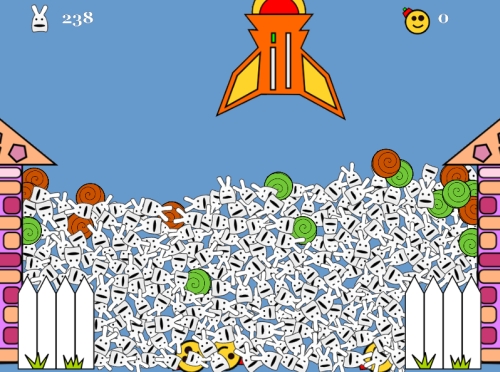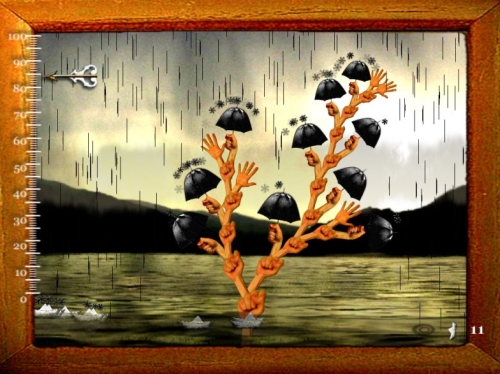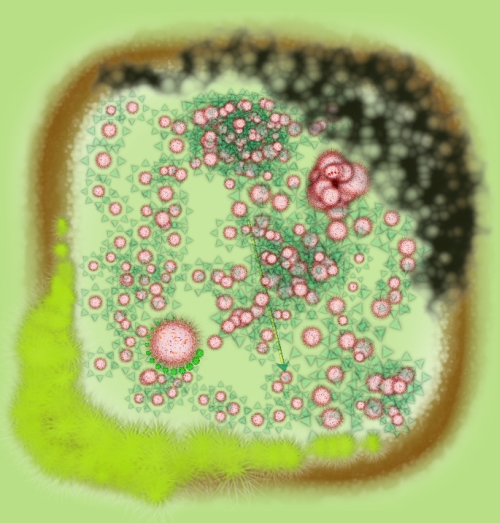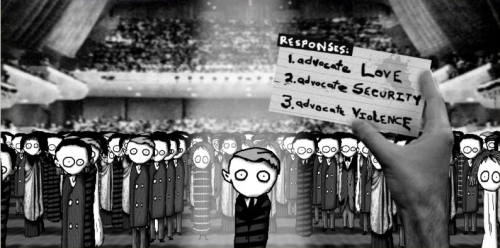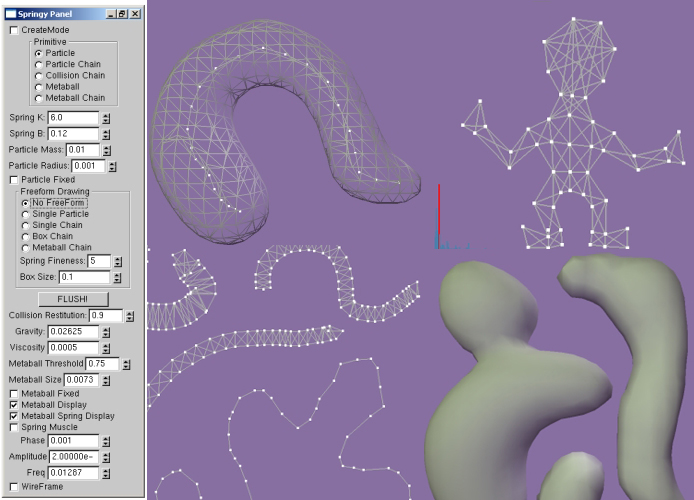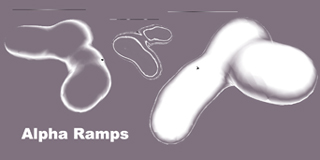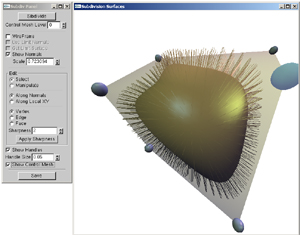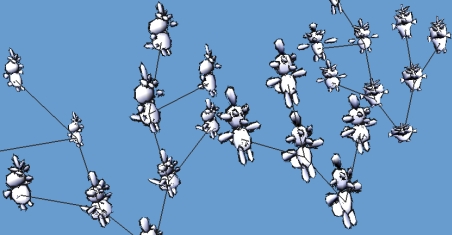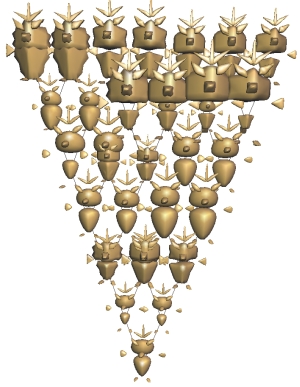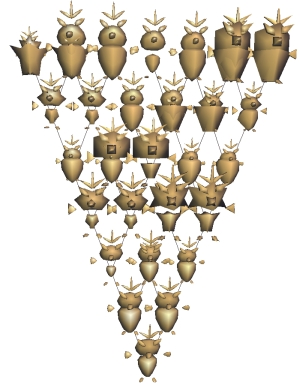|
Portfolio
of Programming Projects
|
|
Index:
Word
Mess
flo
Spore
Creature 2D-fier
Procedural Texturing and
Ambient Occlusion
Filter Chain
System
Depth of Field Rendering
Edit
Capture
Panoramic
Screenshots
Experimental Gameplay Project
Advanced Graphics course work
|
|
|
Word
Mess
|
|
Word
Mess is my very first iphone/ipad game! It's developed mostly in
C++/OpenGL and features pixel accurately fitting word clouds.
It's been getting great reviews from parents and teachers and has
also been picked as the #1 Education game under App Store Staff
Favorites! Get
It Here
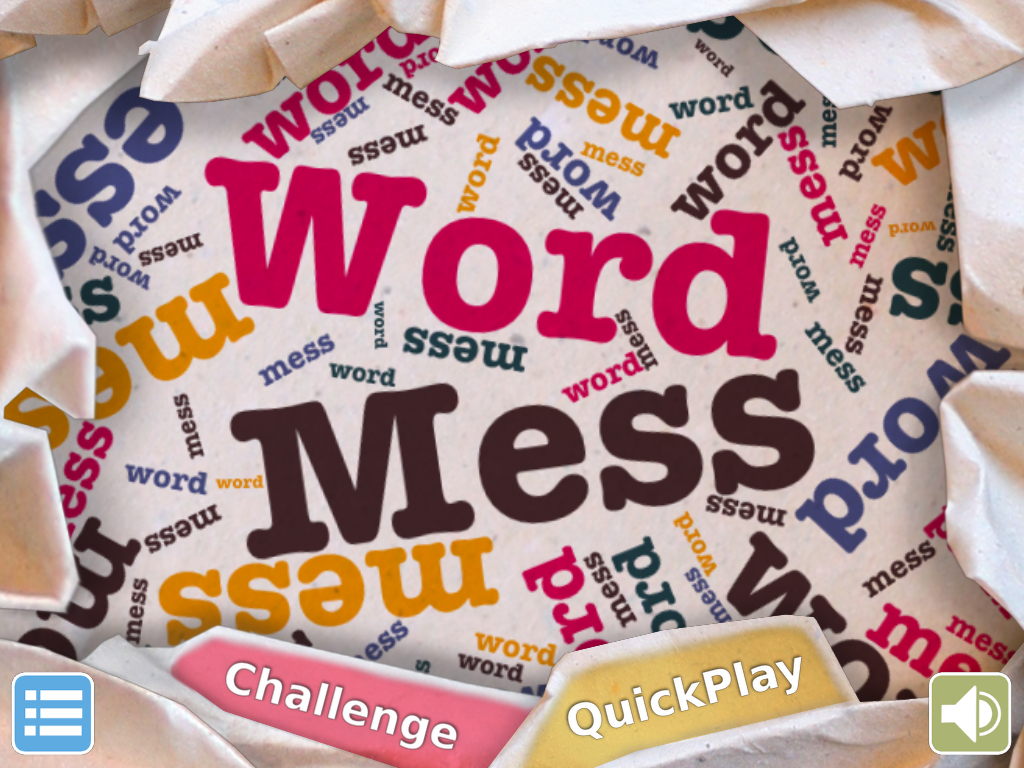
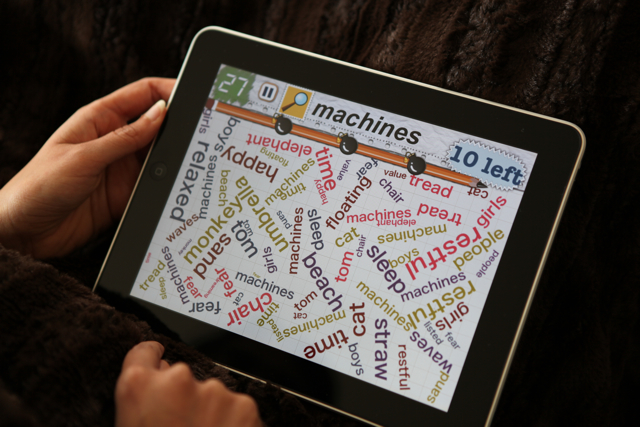
|
|
Flo:
fluid-sim demoscene entry
|
|
flo
is a fluid-sim demo that I did for Pixar's annual demoscene
competition. It won the grand prize! The idea was to do a fluid
sim that looked beautiful and artistic. Check
out this video of flo
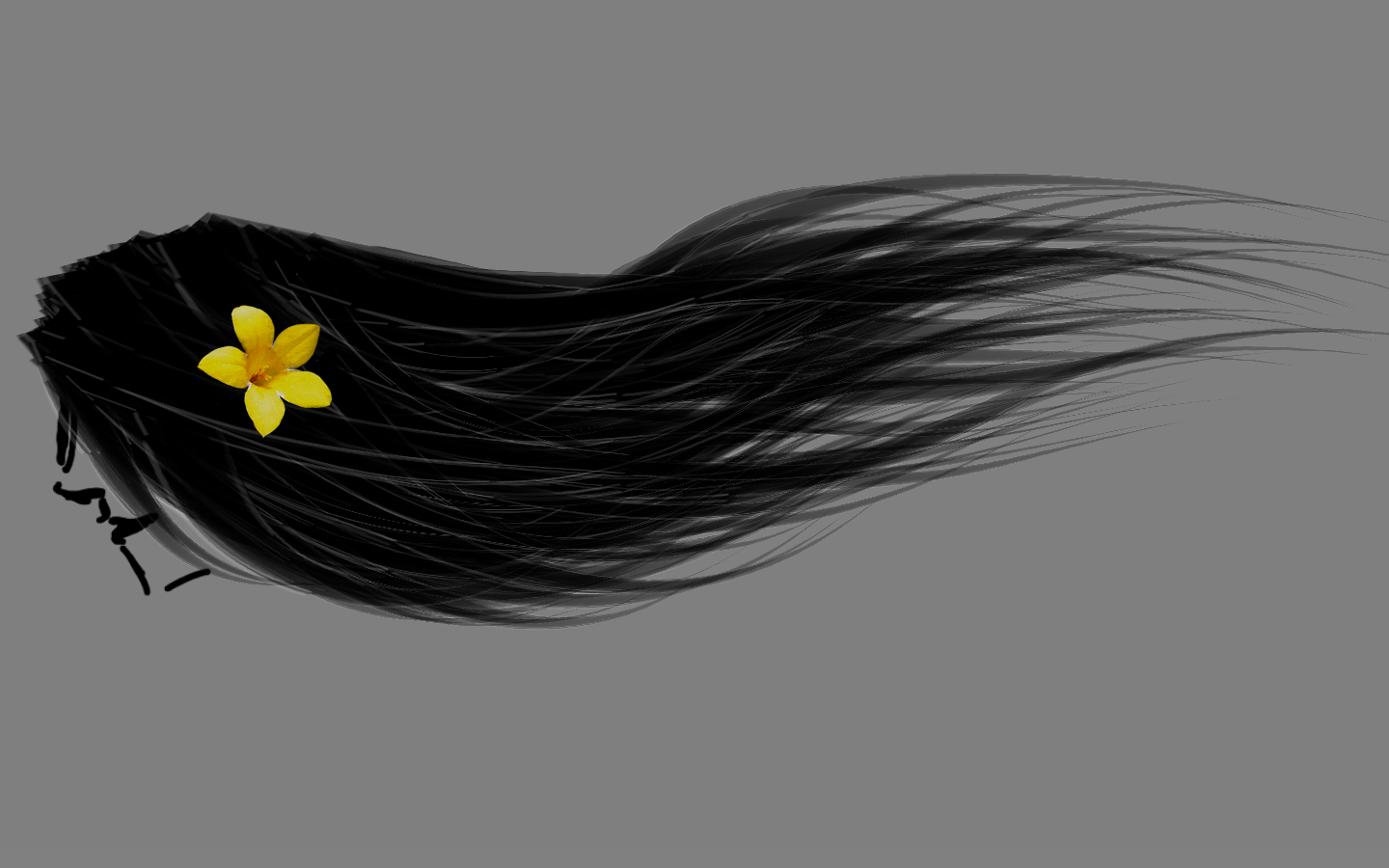
|
|
Spore
Creature 2D-Fier
|
|
An
XML "recipe" for every Spore creature is stored on the
Spore servers and is publicly accessible via the Spore
API. The 2D-fier reads in this XML information and renders
animated 2D creatures using Flash in a web browser.
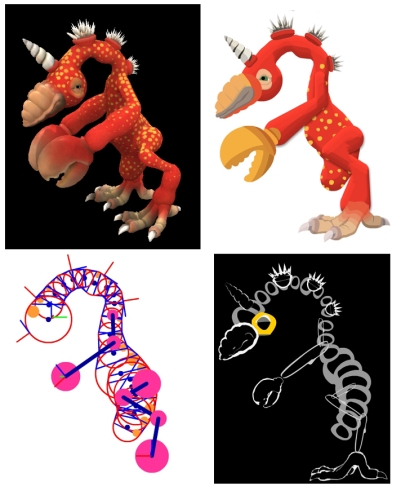
In
the figure above:
Top Left- 3D Spore creature
Bottom Left-
Visualization of skin, limbs and part transforms
Top Right -
2D-fied creature!
Bottom Right - stylizing by swapping part
palettes
The
XML recipe can be interpreted in different ways to achieve
various stylizations. A "coloring book" style is shown
below. The 2D-fied creatures can also be painted using a
procedural texturing system much like that in Spore. Examples are
shown below.
This
work was presented at SIGGRAPH 2009, "Spore API: Accessing a
Unique Database of Player Creativity"
|

The
2D creatures are articulated as ragdolls using hierarchy
information available in the creature XML. Here are some more
2D-fied creatures:
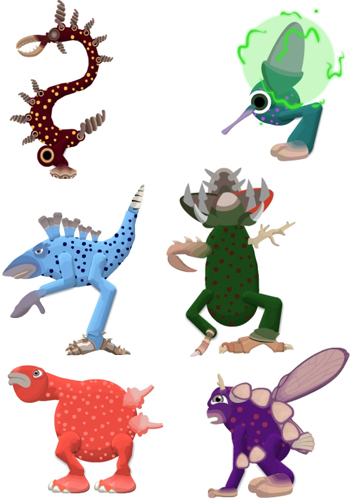
back
to the top
|
|
Spore
2D-Fier: Stylization
|
|
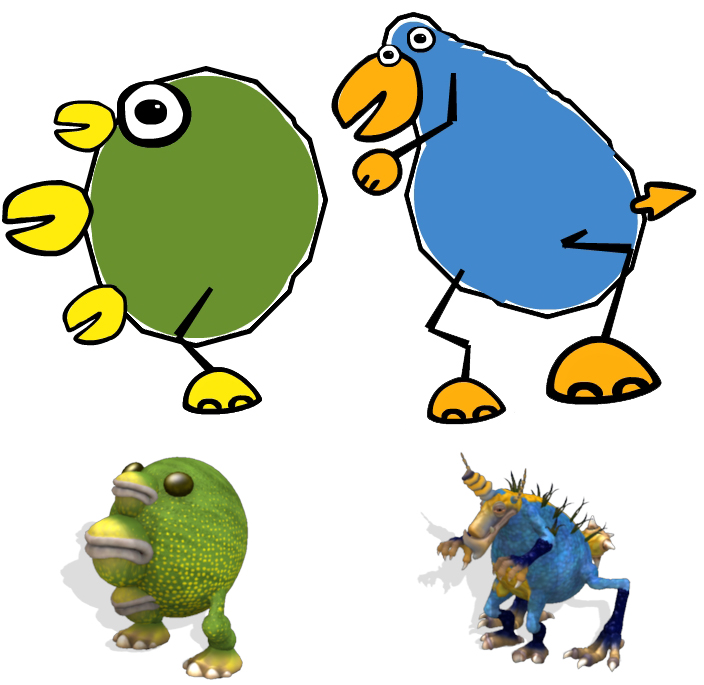
|
|
Spore
2D-Fier: Procedural Painting
|
|
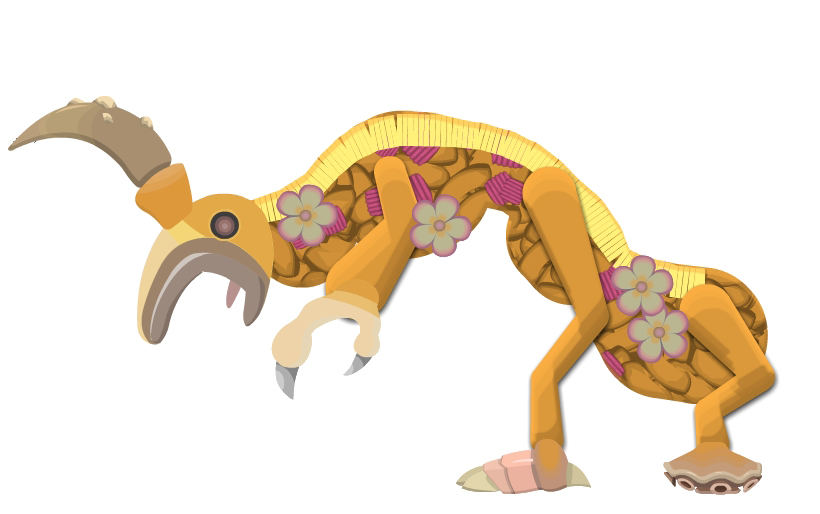
|
|
Procedural
Texturing and Ambient Occlusion
Spore's
"baking" technology
|
|
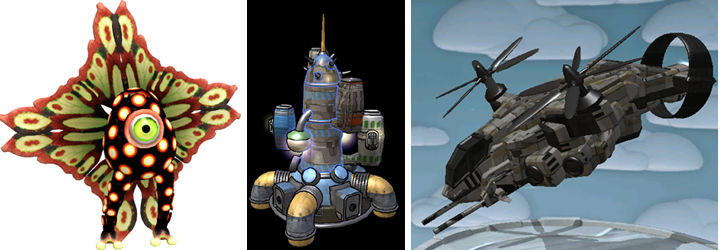
As
a part of Spore's core engine team I helped deliver our
procedural texturing and asset baking systems
Player
Driven Texturing
Creatures
have a particle based texturing system where players get to
select combinations of effects such as stripes, dots etc. of
various kinds. The system is sensitive to the morphology of the
player's creature and applies three layers -base, coat and detail
parameterized by player chosen colors. Buildings and vehicles
have a region/swatch based paint-by-numbers scheme. For one-click
painting both systems have preset themes.
Check
out our
Siggraph sketch on Player Driven Texturing!
Ambient
Occlusion
Spore's
art director calls this the "special sauce" of our
aesthetic. The ambient occlusion map is generated at run time,
post processed and baked into the diffuse texture of the
asset.
128 shadows are collected from lights distributed
uniformly on a sphere.
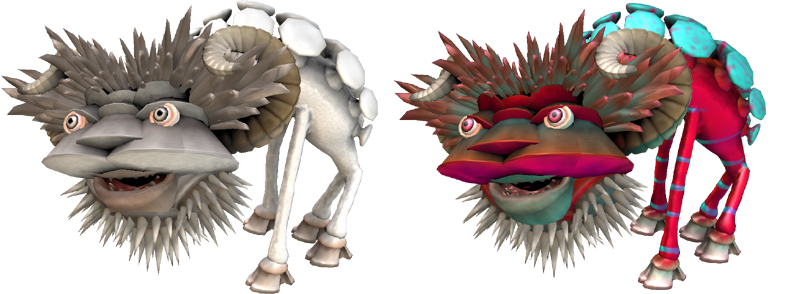
For
buidlings and vehicles we distribute more lights in the upper
hemisphere:
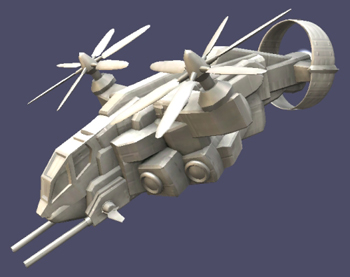
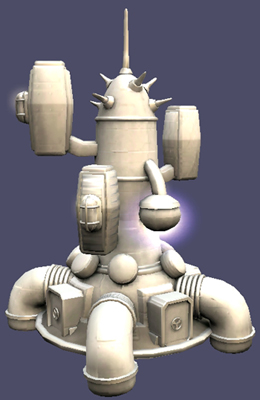
Baking
A
key component of Spore is it's asset sharing functionality where
players' creations can be easily "pollinated" across
the web. Baking refers to the process of converting a compressed
XML representation of a Spore asset into a fully textured,
animated and optimized game model without interrupting game play.
This includes a mesh simplification step, single compressed
texture page generation with automatically generated UVs and
ambient occlusion.
Here's
a series of screenshots showing a splattered texture for a
building:

back
to the top
|
|
Filter
Chains
Real Time Image Processing
|
|
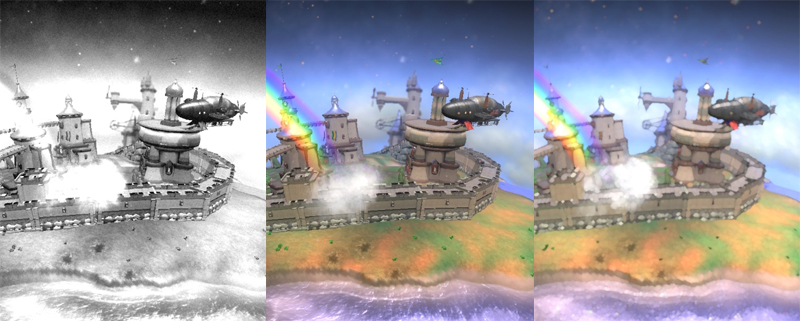 a)
film noir b)
original c)
watercolor
a)
film noir b)
original c)
watercolor
Spore's Filter Chain system is a
script-driven, real time, image processing toolset that is used
to shape the final look of every frame rendered in the game. Here
is a collection of fun effects generated with this system:
Andy
Warhol Print for
Spore Creatures (compress, threshold, colorize and tiled
rendering)
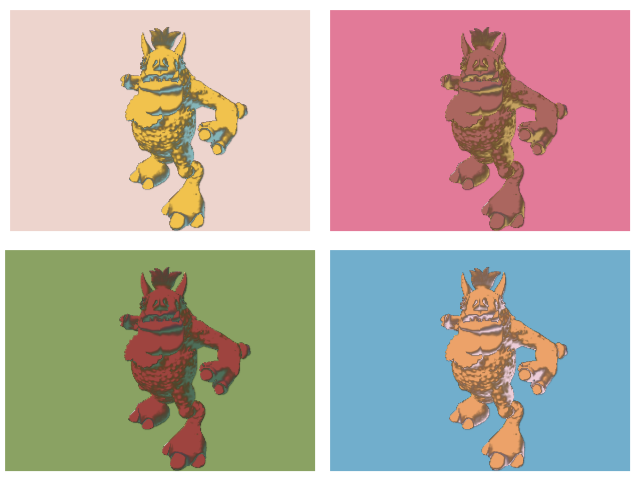
Film
Noir filter
(threshold and mix in noise grain)
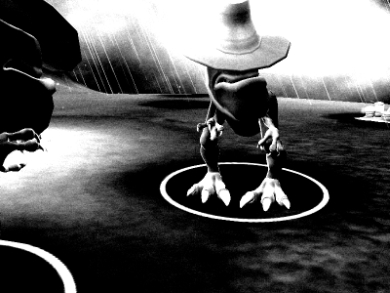
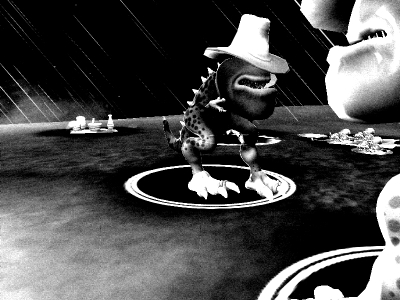
Oil
Paint filter
(image space lighting with 3 lights, use "strokes"
normal map to distort the scene)
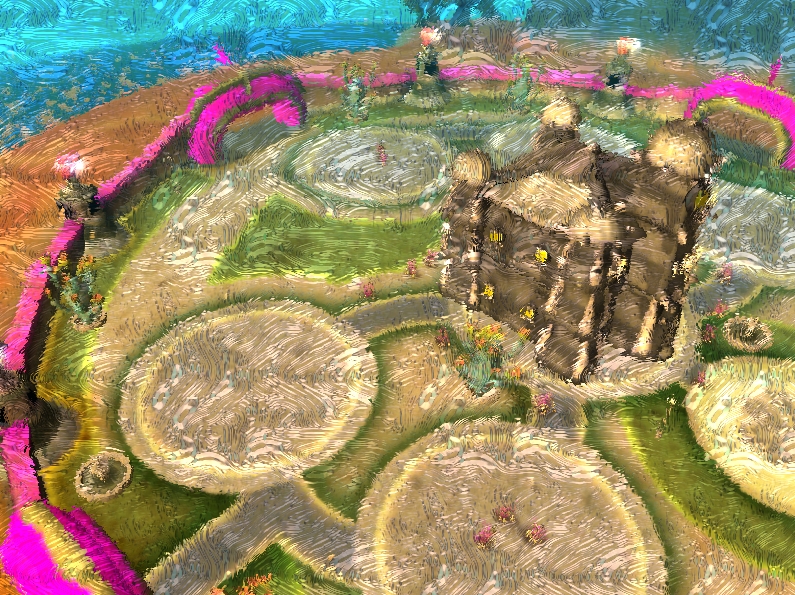
Crayon
Outlines
Thresholding,
distorted edges using noise texture, and noise grain
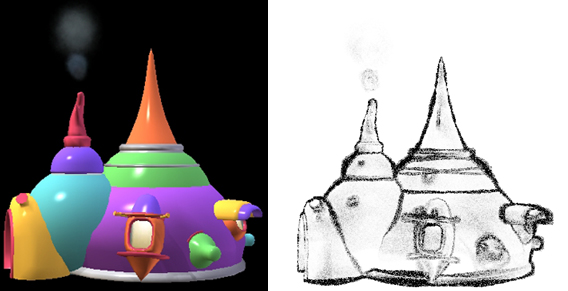
Paper
Cut-out effect
Adding uneven white outline (edge detect + noisy distortion
texture) to oilpaint effect. Inverted color.
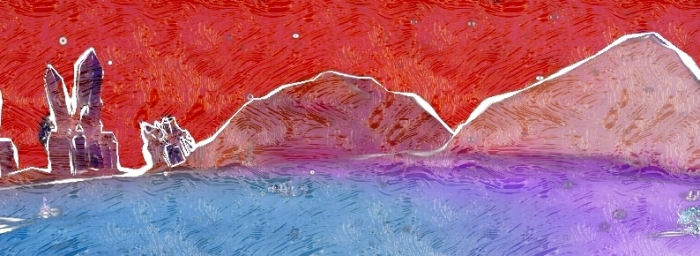
back
to the top
|
|
Depth
of Field
|
|
After
many iterations and approaches, I was able to develop a depth of
field system for Spore that performed well on a wide variety of
graphics hardware. I render the scene twice but split it into two
parts in each render by offsetting the near and far planes of the
viewer. The "far" scene is rendered into a texture,
processed for atmospherics and blurring and composited with the
"near" scene. The plane at which the split occurs is
dynamically tuned based on camera height on the planet.
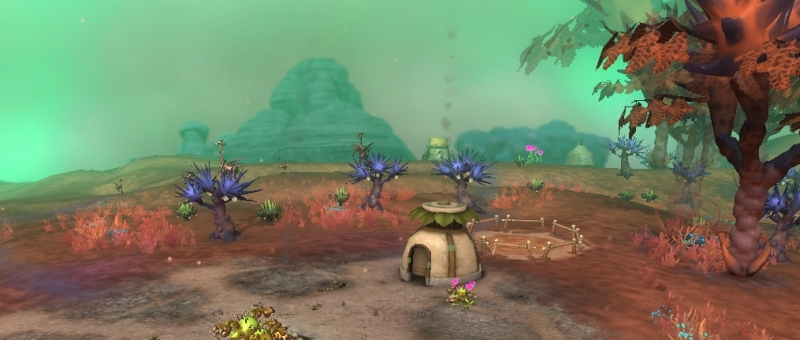
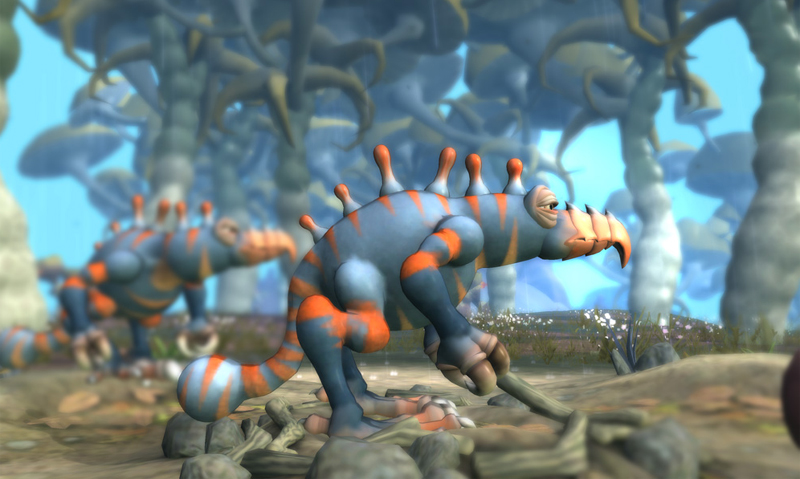
back
to the top
|
|
Edit
Capture GIFs
|
|
I
wrote all the off-screen capture systems for Spore such as
screenshots, thumbnails, super high res renders etc. One of the
coolest captures in Spore is the Edit Capture. Every time a
player makes or edits something in Spore, a 36 frame GIF
summarizing their creative choices is automatically generated.
Below are some examples. Our fans loved this system and made
creative uses of it like re-enacting Pong and Tetris!
 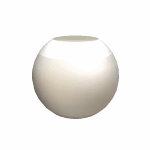 
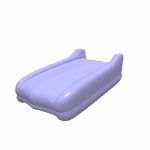
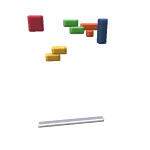 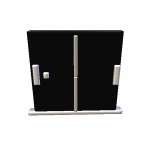
back
to the top
|
|
Panoramic
Screenshots
|
|
Another
cool capture technology I added to Spore is a one button panorama
capture tool. The panoramas can then be rendered in a Flash app I
developed using Papervision 3D. Here's one such panorama:
Drag
to rotate
back
to the top
|
|
Experimental
Gameplay Project
|












 a)
film noir b)
original c)
watercolor
a)
film noir b)
original c)
watercolor 














